AAC Game: Squawk
AAC and Interaction Games
There are many ways to inspire and motivate children to communicate. One way I have found effective is structuring a game/play session. It is important to enable reluctant communicators or those who rely on AAC to fully engage with their peers. AAC means Augmentative and Alternative Communication and can range from Eye-Gaze to PECS (Picture exchange communication system) . The International society for Augmentative and Alternative Communication (ISAAC) states
“Everyone uses multiple forms of communication, based upon the context and our communication partner. Effective communication occurs when the intent and meaning of one individual is understood by another person. The form is less important than the successful understanding of the message”
ISAAC
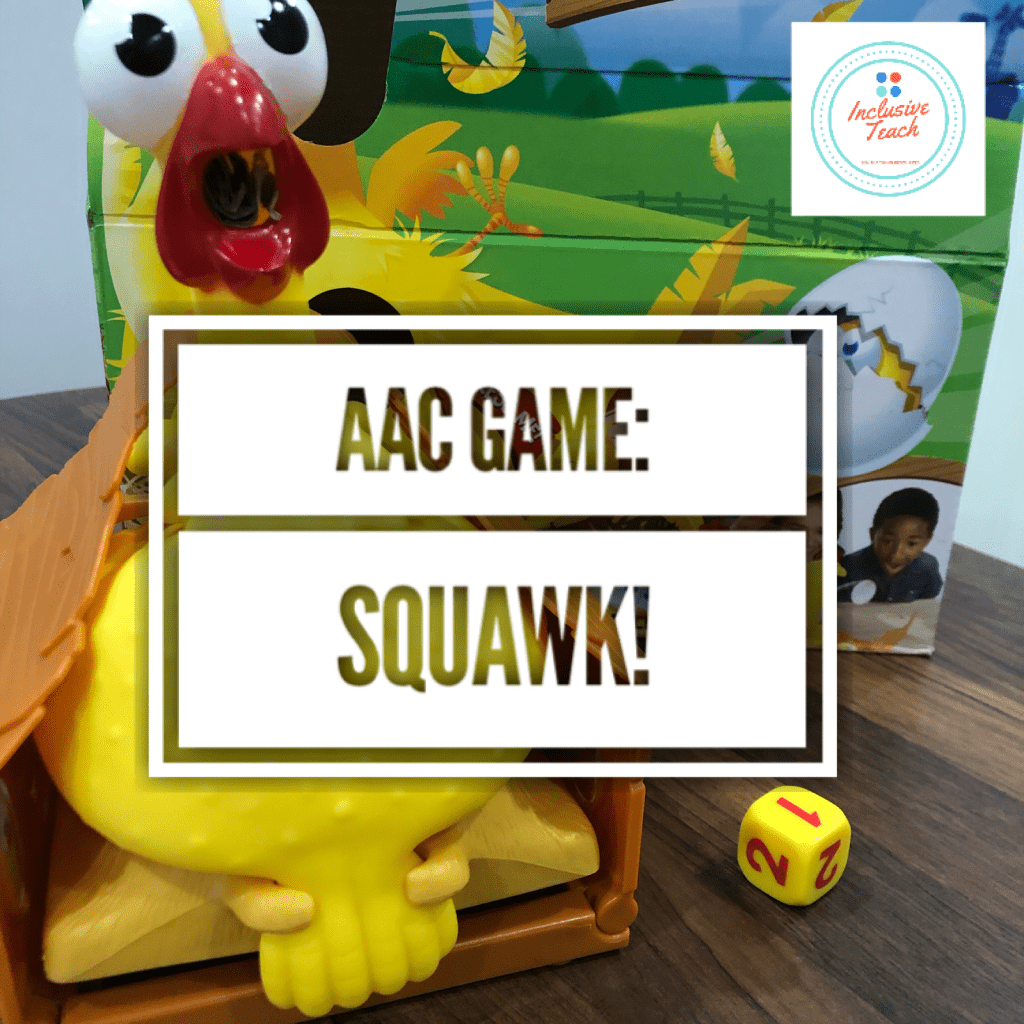
What are the benefits of using AAC?
Structured communication resources to support learning is essential for increasing the accessibility of your planned activities. Whilst I primarily work with children with Autism there are children with a range of SEND’s who would benefit from additional communication resources
- Cerebral Palsy
- Autism
- Developmental language delays
- Traumatic brain injury
- Progressive neurological disorders, such as ALS
- PMLD
- Ataxia, dyspraxia
- Aphasia
- Global Developmental delay
- Temporary medical conditions such as a tracheotomy
- Anxiety around social interaction
I have collated all the games I have used on the AAC Resources page. I always try and include at least a communication board for you to use or adapt as required. Sometimes an alternative communication system is a simple as a symbol exchange or two key word sentence written down to hand to someone or gesture towards i.e “I want the dice please”
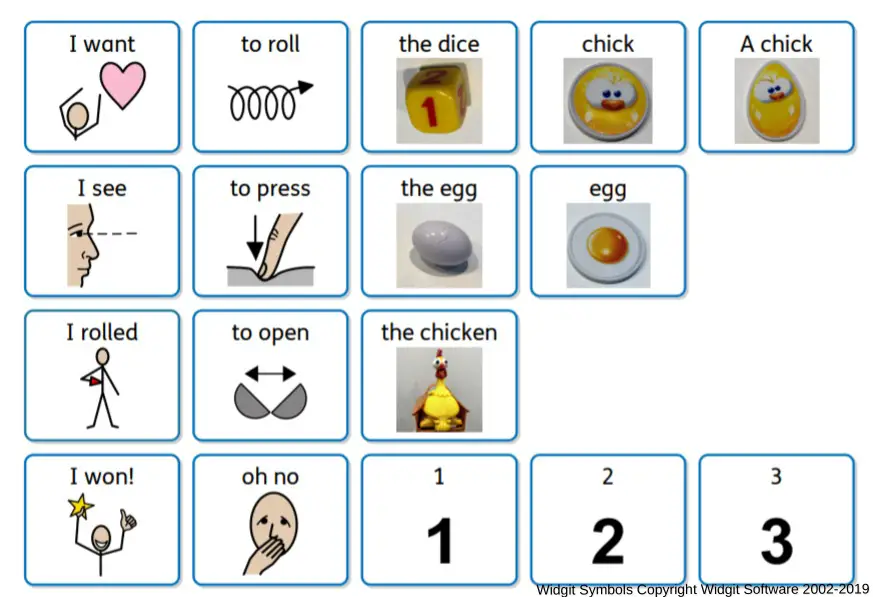
Squawk: The Egg-Splosive Chicken Game
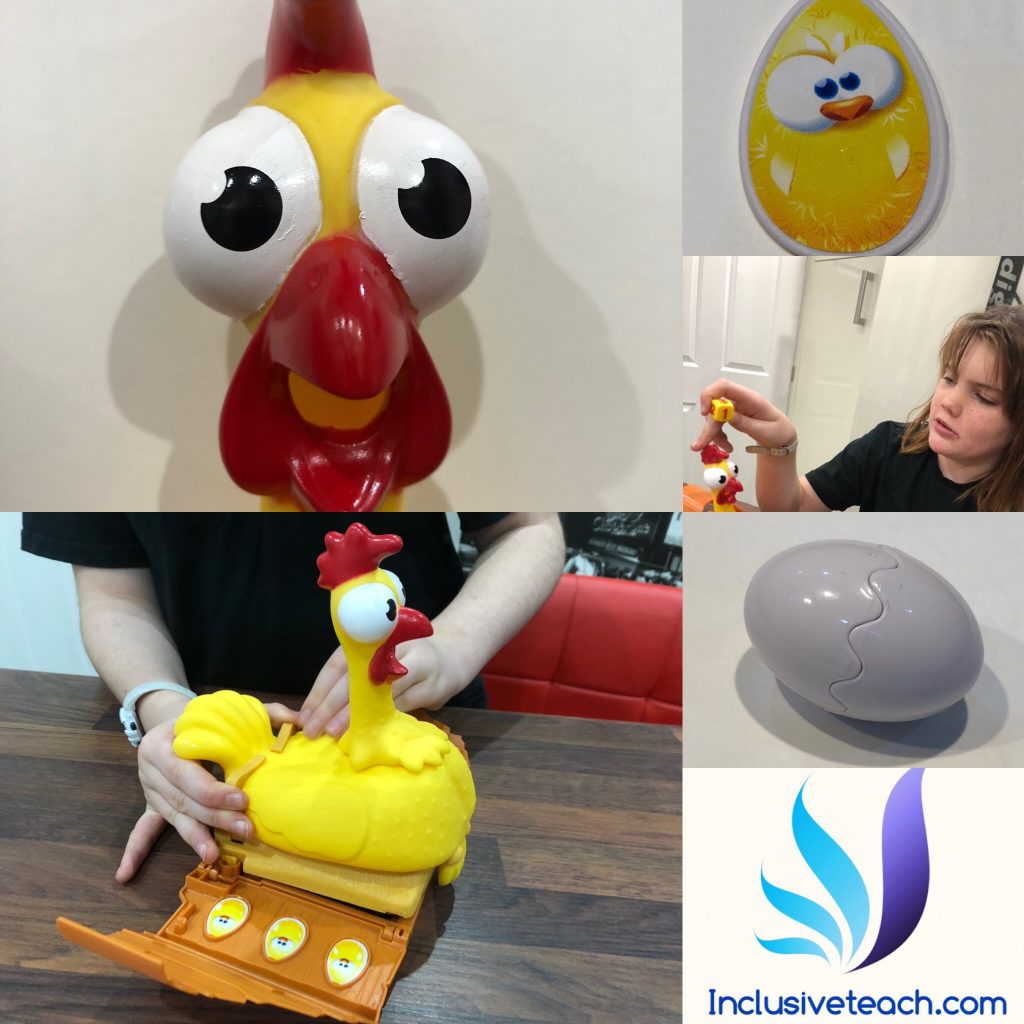
This game caught my eye as I worked with a child who found the squawking rubber chicken sound hilarious and this would have been highly motivating for him to play with. Motivation Potential should be a key element in choosing a game to use with children. For some reason the more motivating to a child the more annoying and irritating the noise often is for an adult! I can also see some children HATING this game because of the noise.
The construction is easy enough and the game simple to play and adapt. You just roll a dice then press the chicken’s belly that number of times. After a few presses the hen house will open, the chicken will pop forwards and an egg will roll out. You then “crack” the egg to see if the token that falls out lands chick or egg side up. If it is chick side up then you take a chick out of the hen house. Most chicks wins!
We found it easier to push the neck for my younger son. Putting the egg back together is a great fine motor skills activity. We also didn’t use the dice and used the presses as counting practice. A game like this is really good for “your turn, my turn” the importance of developing this skill cannot be overestimated!
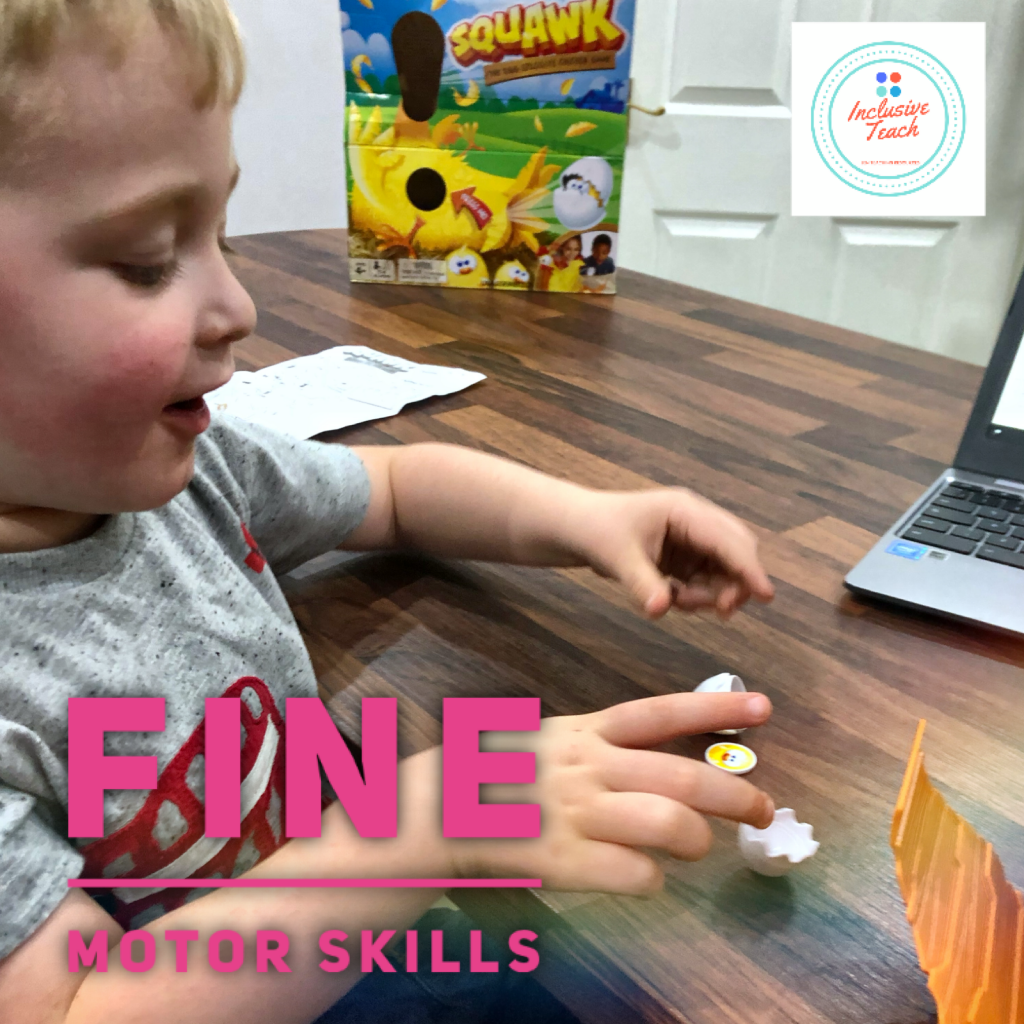


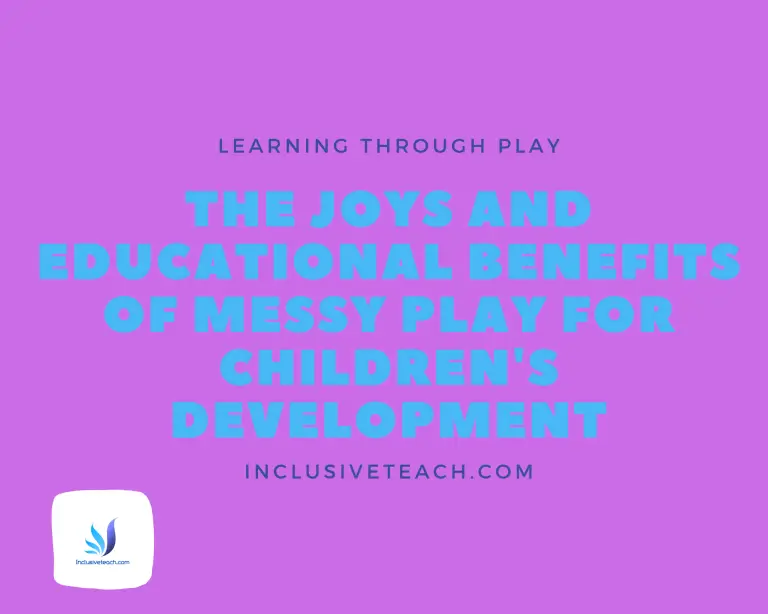
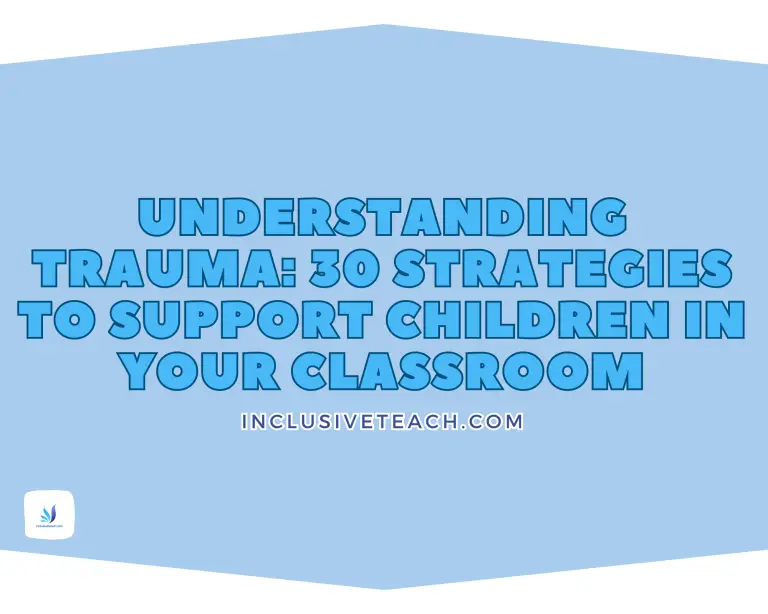
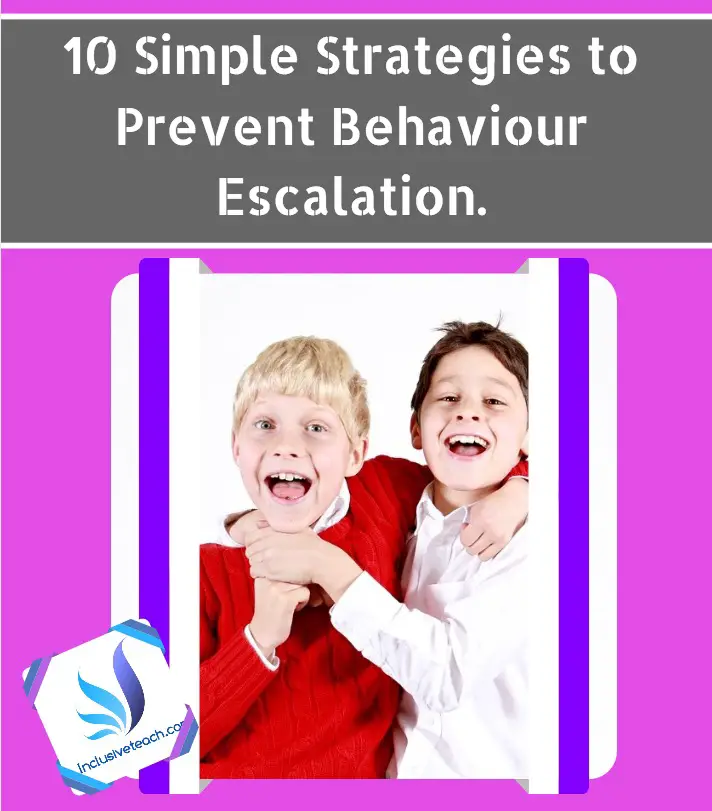
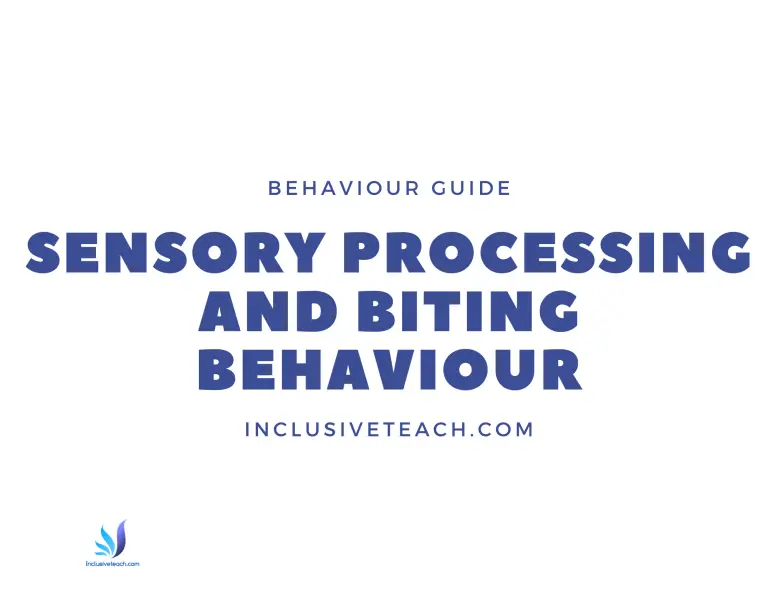


One Comment